Letter from Troserch Woods, Llangennech
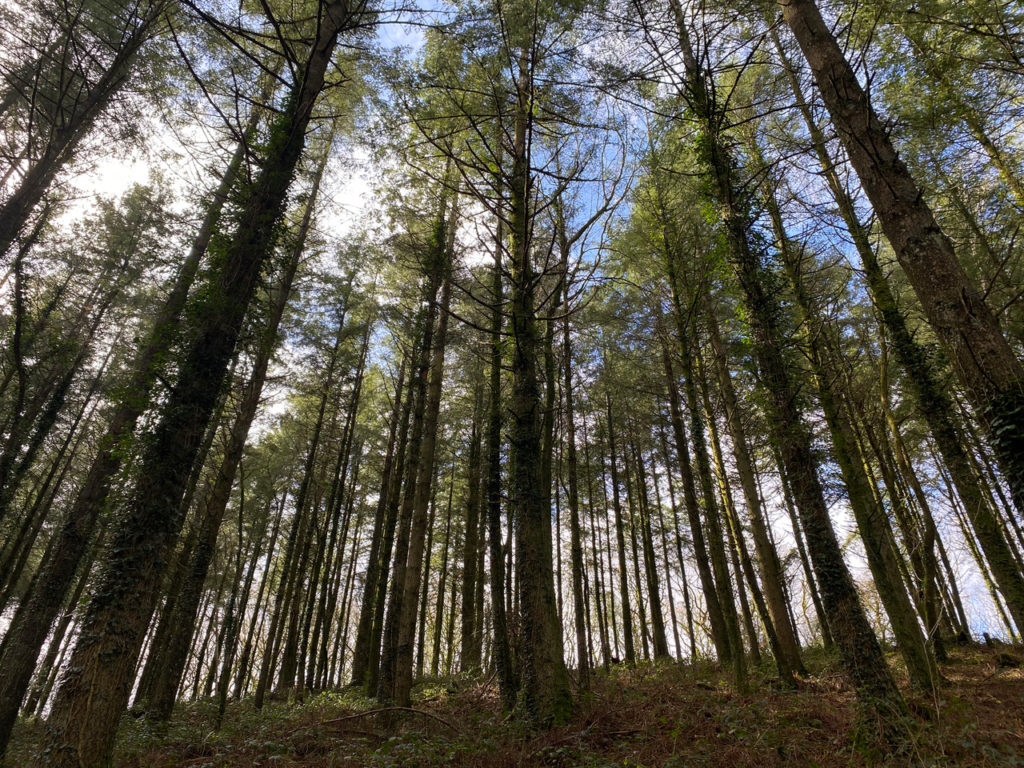
Rachel Taylor-Beales
Embracing a stretch of Llangennech’s Afon Morlais, these enchanting, biodiverse woods are steeped in local heritage and ancient history.
According to an environmental survey of the area, rocky outcrops along the riverbank have become a habitat for rare species such as horseshoe bats and ash-black slugs, found only within ancient woodlands in the UK.
The presence of filmy ferns also indicate that sections of this woodland could be classified as Celtic Temperate Rainforest.
Community owned and managed, Troserch Woods are a delightful place to find yourself on a Sunday afternoon.
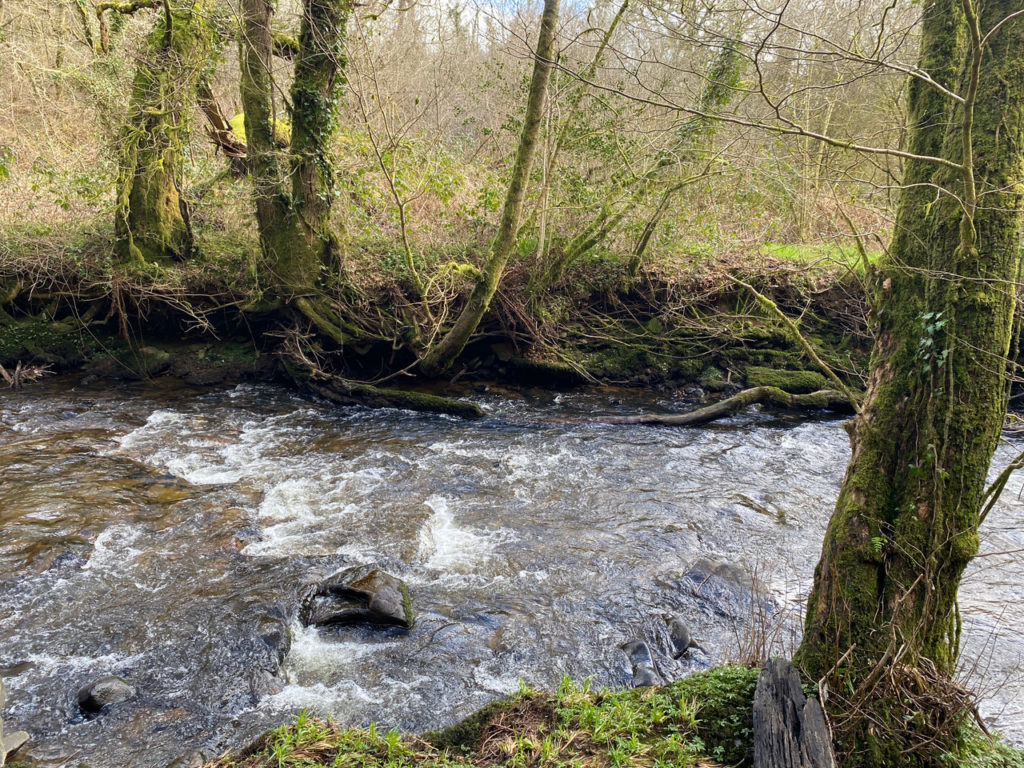
I first heard of the place last December when a friend mentioned that the Troserch Woodlands Society would be hosting a ‘pick your own Christmas Tree sale’ to raise funds for ongoing management of the woodland.
It seemed like a good cause to support, so one freezing Saturday a few weeks before Christmas, my husband, daughter and I bundled ourselves into our van and headed out to select our tree.
“It’s much more sustainable than buying a Christmas tree from retail outlets who create a heavy carbon footprint transporting them,” Jan Glover, secretary of the Troserch Woodlands Society explained, “and we’ll also mulch down any used trees if you return them to us.”
That frosty December morning selecting our Christmas tree, winter sunlight gleamed through an expanse of green moss and lichen and I felt as if we’d discovered a hidden treasure trove.
There and then, I decided that in the new year I’d make every effort to explore these woodlands further, but it wasn’t until a sunny Sunday afternoon in March that I could finally return.
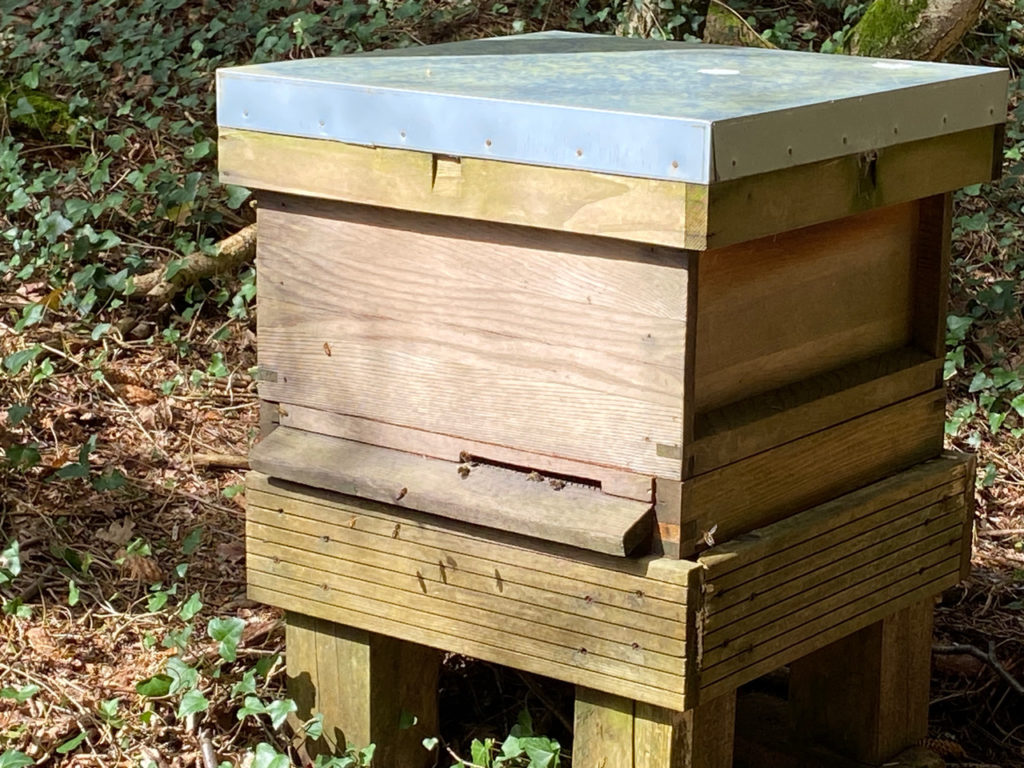
This time I’d arranged to meet up with my friends Sarah and Dave, who regularly take part in the Troserch Woodlands Society working parties, as well as helping to take care of the two beehives that stand nestled among the trees.
Sarah and Dave suggested walking a loop route that would take us through woodland running parallel to the river, before heading back via an old drover’s path leading to the place where the beehives were located.
We ambled along a very muddy track (wellies and walking boots definitely recommended!), surrounded by towering fir trees.
My own knowledge of tree species is minimal, but recalling my conversation with Jan Glover, I wondered if these might have been the Douglas Firs that the society are gradually replacing with native species.
Jan had also mentioned that the working parties had been deploying a process called “halo thinning” in certain areas of the woodland, wherein the area around an older, indigenous tree is cleared in order to allow that species to thrive.
We soon encountered a series of mountain bike trails, managed by the Troserch Woodland Mountain Bike Association, also known as T.W.M.B.A.
“It’s a great way for young people, and avid mountain bikers in the community to engage with the woodlands,” Sarah said.
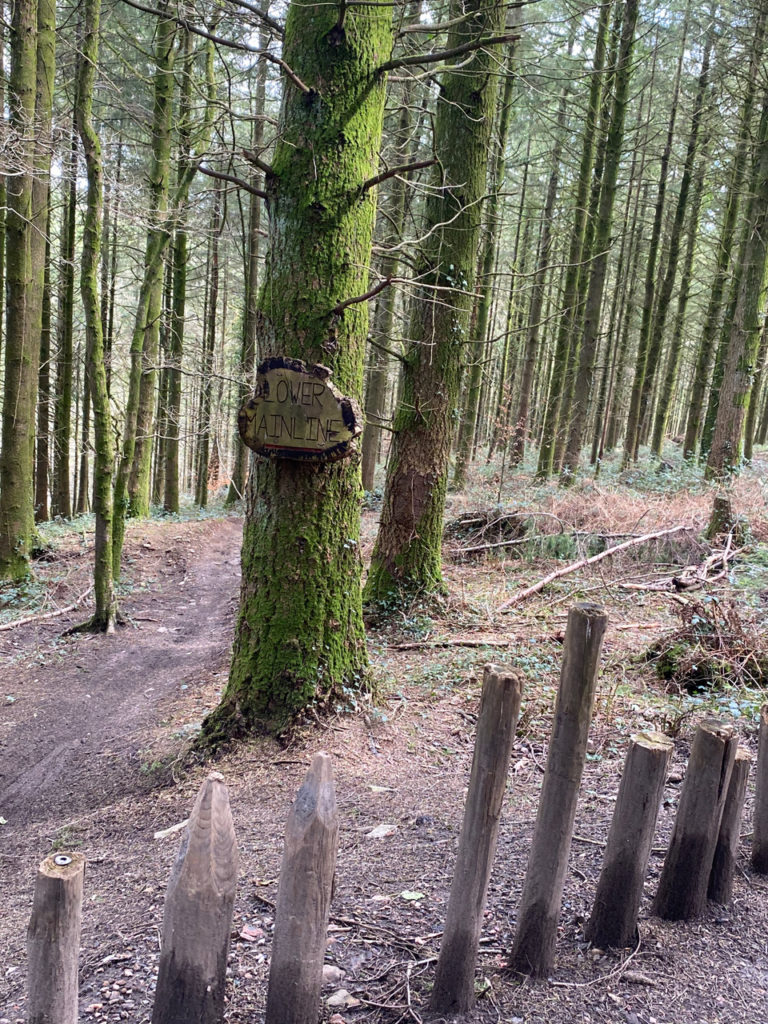
At this point our path became a steep stairway toward the river. “The Morlais rises and falls quickly,” Jan Glover had said, “going from a raging torrent, back down to a little stream.”
That Sunday afternoon, it was flowing steadily. A blanket of small white star shaped flowers, that Dave and Sarah confirmed as “wood anemone,” adorned the far side of the river bank.
According to The Woodland Trust, wood anemone is also considered to be an “ancient-woodland-indicator plant”.
Troserch Woodland itself is also steeped in varied local history. An in-depth historical account of the woodlands complied by the Alwyn Charles, author of The History of Llangennech reveals that: “The history of Troserch Woods can be traced as far back as 1081, when the Welsh Prince Rhys-ap- Tewdwr ruled over the kingdom of Deheubarth, which included all Llangennech lands.”
Throughout the twentieth century however, the woodlands were used for various industrial purposes including coal mining, but as Jan Glover stated, “times change and small woodlands are not very profitable”.
When the woodland was put up for sale in 2006, local resident Greg Wilkinson helped to galvanise members of the community to collectively bid for community management.
Troserch Woods’ website states that: “With the hard work of many within the community and the generous support of a grant by Cyd Coed, this ancient woodland was finally purchased for the community in October 2006.”
Stepping over an occasional fallen tree, our traverse along the river bank led us past vibrant moss-covered relics of the former coal mining era, grafted into the sloping rocky outcrops. “This is where the bats live now,” Dave pointed out.
A little further down the track, we arrived at remnant ruins of an old mill. Ivy and brambles framed the crumbling stonework and Dave noted the way that nature always reclaims human-made structures for its own purposes.
Scrambling over the ruins we discovered that someone had sprayed a humorous stencil of what looked to be an image of Peter Rabbit holding a shotgun, onto the hidden side of a low wall structure.
Nature fights back, we joked. Yet considering the way that humanity continues to ravage our planet, this thought seemed all the more poignant as we continued our walk.
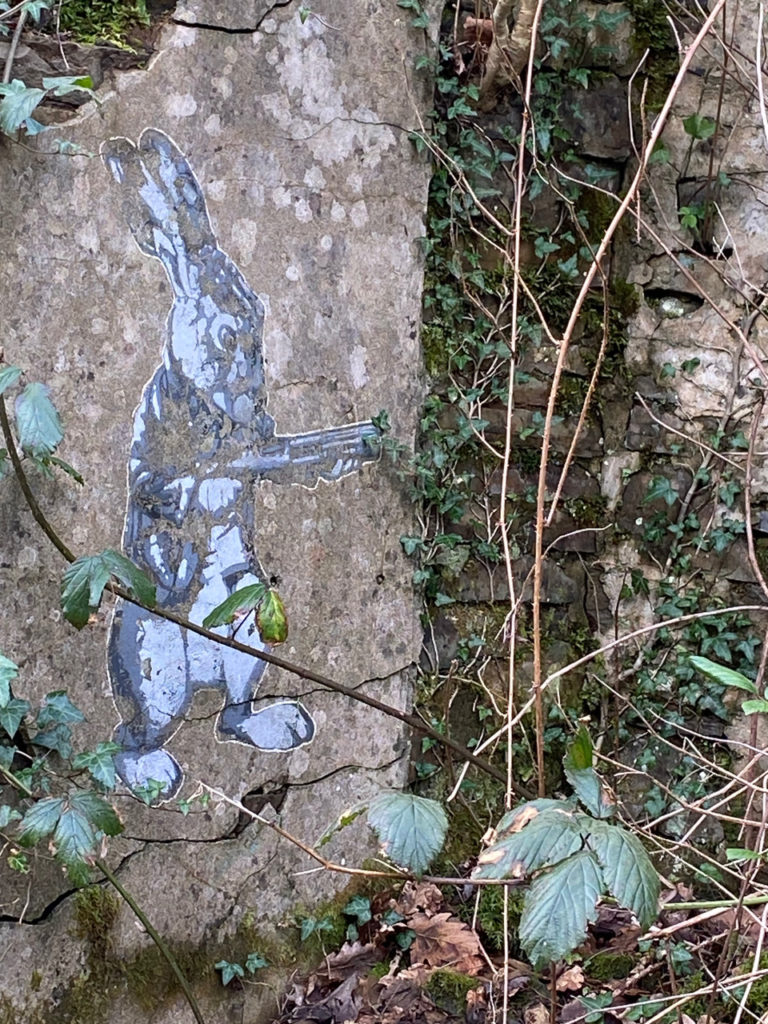
Climbing upwards to complete our loop by rambling along the drover’s road, we eventually arrived at the two beehives, set back amongst the trees and buzzing with activity.
While the bees pollinate the local area, the sale of honey also helps continue to generate funds for new projects within the woodlands, such as the vision to make the woodland tracks “more accessible” for pushchairs or wheelchair users, Jan Glover explained when I asked what else the Troserch Woodlands Society are currently working towards.
Troserch Woods are situated north of the Allt roundabout at Llangennech, on the A4138 link road. For more information or to become a member of Troserch Woodlands Society, please follow the link.
Keep up to date with current local activity, society and work parties here.
Click this link to find out about Troserch Woodland Mountain Bike Association.
Support our Nation today
For the price of a cup of coffee a month you can help us create an independent, not-for-profit, national news service for the people of Wales, by the people of Wales.






